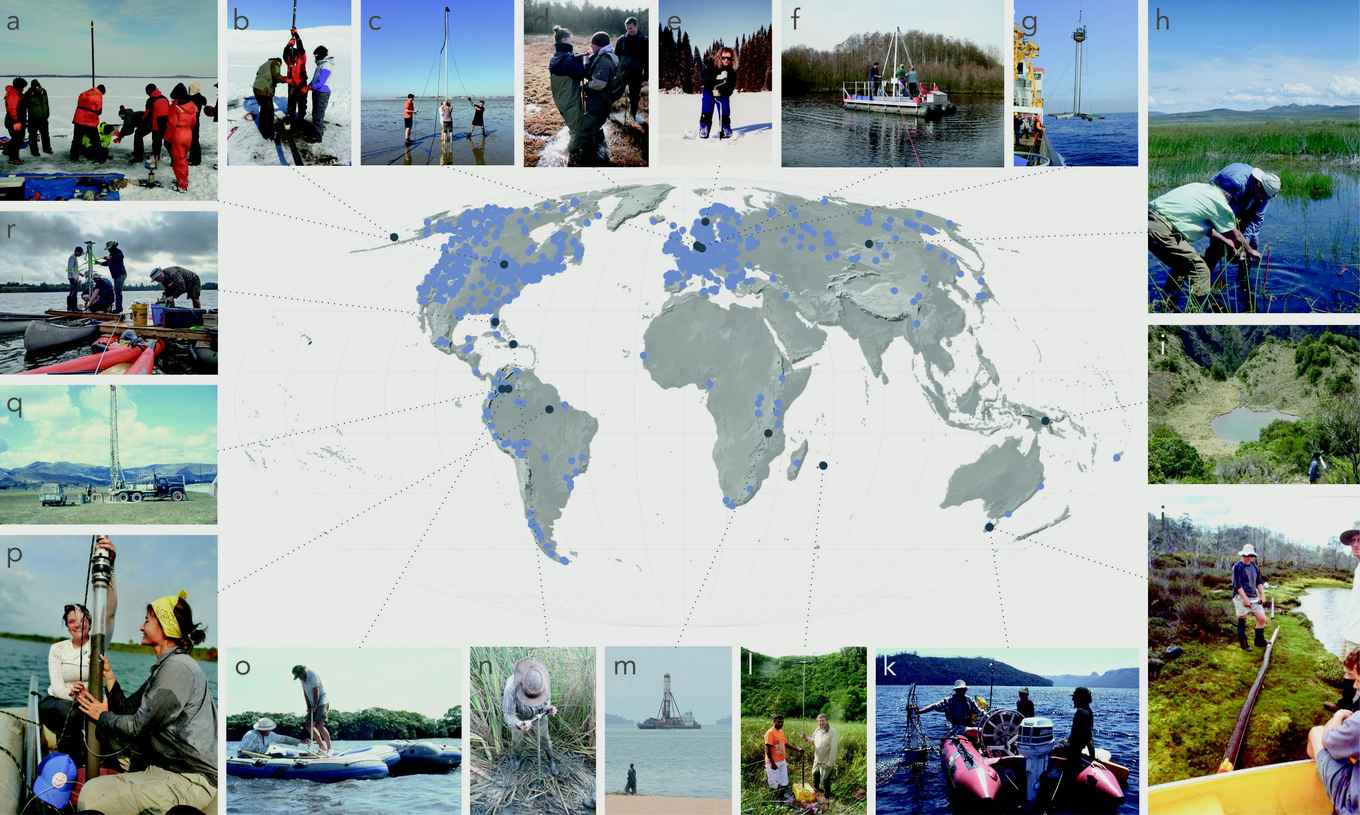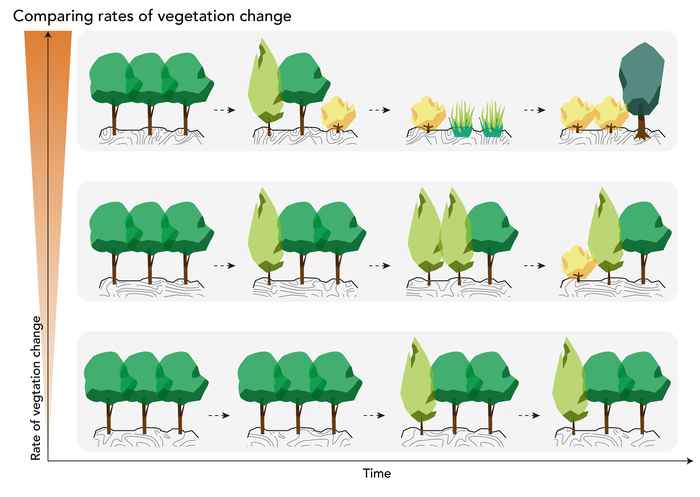Unprecedented rates of vegetation change since 4000 years before present
21 May 2021
Using 1181 fossil pollen records from around the world, the team detected and summarized rates of vegetation change patterns at the continental and regional level. Based on a new approach to calculate rates of change in stratigraphic records, an important advance over existing methods was made. In addition, a new way to test for synchronous changes among many sequences was used.

The study reveals that large changes in global temperatures - such as the transition from the last ice age to the warm present - did not necessarily cause a global response in high vegetation change, but that the recent acceleration of change has a pronounced signature across all continents.
Fossil pollen records
'It is very important to understand what caused these changes. We provided context in our paper, but we stressed that more work is needed to exactly pinpoint what caused such accelerations,' says Dr Suzette Flantua, who is shared first author on the paper, former PhD candidate of the UvA Institute for Biodiversity and Ecosystem Dynamics and currently working as researcher at the University of Bergen, Norway. During and since her PhD, she has been involved in data mobilisation efforts to make more fossil pollen records freely available through the paleoecology database called ‘Neotoma’ (https://www.neotomadb.org).
'Especially in Latin America, UvA has a long history of paleoecological research, and we have always tried to be supportive of initiatives to make data available to the scientific community to do further research,' says Prof. Henry Hooghiemstra, a tropical palynologist and co-author on the paper. 'This study is the perfect example of the important questions that can be addressed with the increasing availability of open-source data'.
The team will continue to work on understanding the causes of these patterns of accelerated rates of change by doing more advanced statistical analyses and integrating data on climate and archaeological findings. They aim to decipher the different roles of the external drivers. 'In addition, an increasing number of datasets from the southern hemisphere will allow more in-depth continental analyses', says Flantua, 'which we could not address in this study but many interesting and important research questions lay ahead'.
Publication details
Mottl, O.*, Flantua, S.G.A.*, Bhatta, K.P., Felde, V.A., Giesecke, T., Goring, S., Grimm, E.C., Haberle, S., Hooghiemstra, H., Ivory, S., Kuneš, P., Wolters, S., Seddon, A., Williams, J.W: 'Global acceleration in rates of vegetation change over the last 18,000 years,' in Science 372 (6544): 860-864 (20 May 2021). DOI: 10.1126/science.abg1685
(* first co-authorship)
